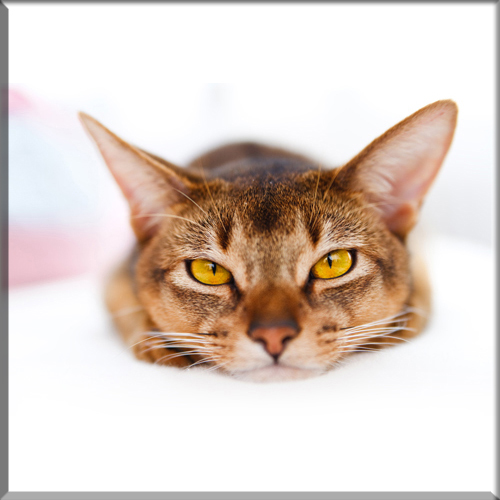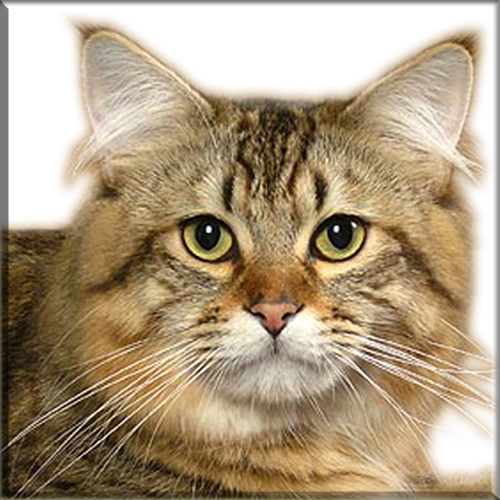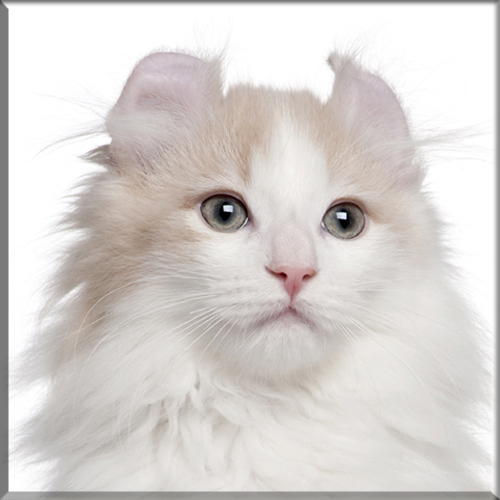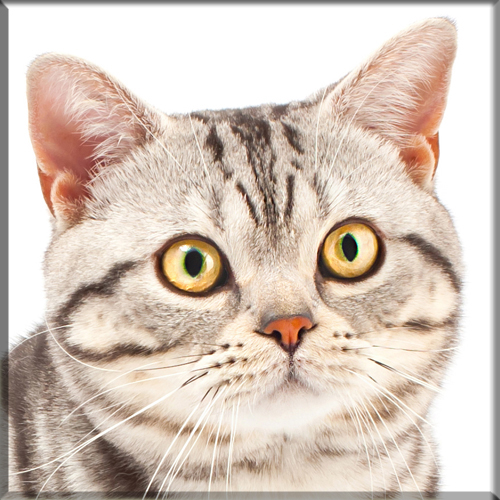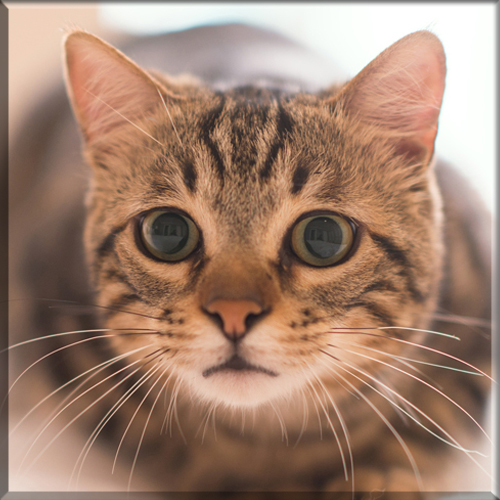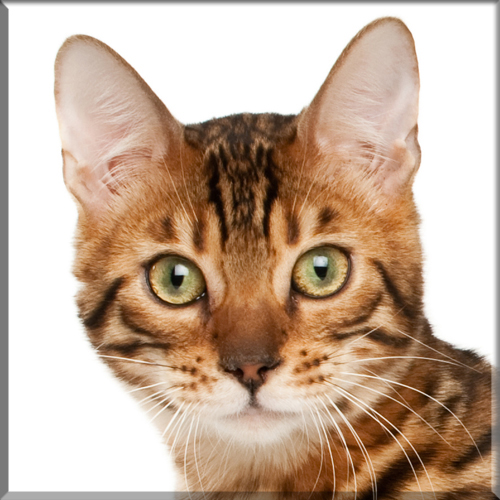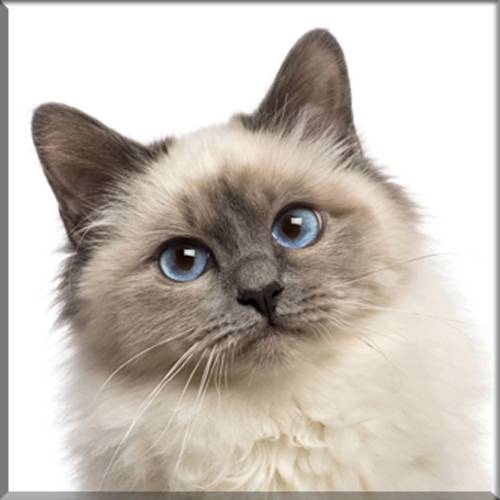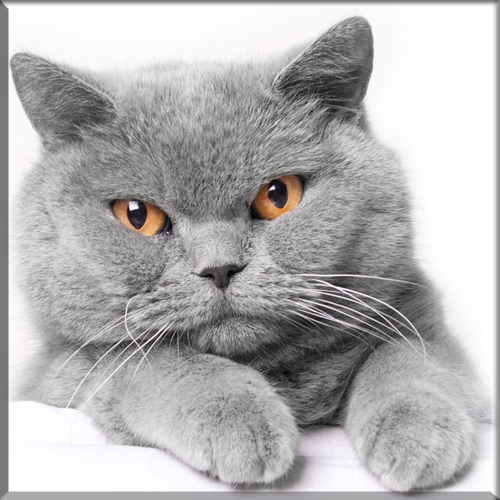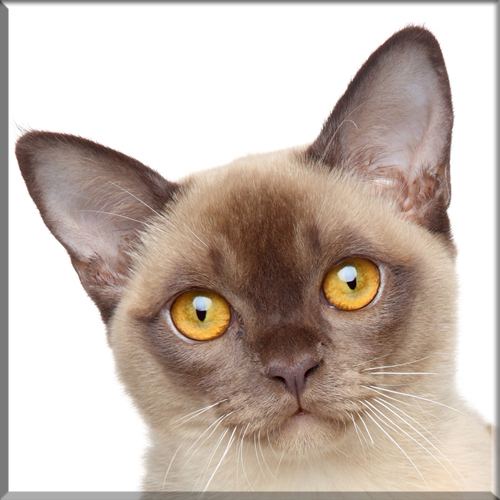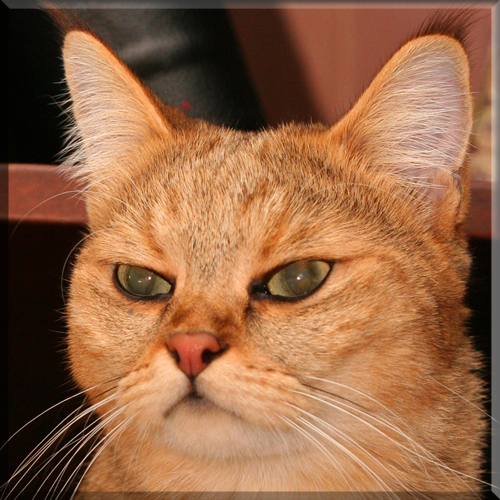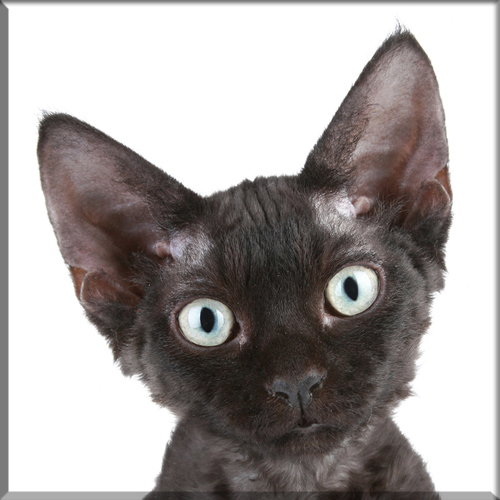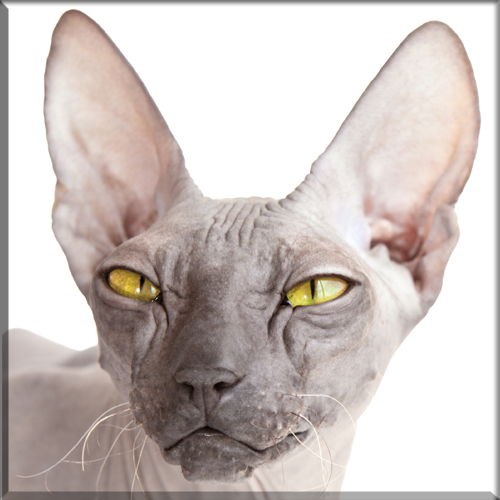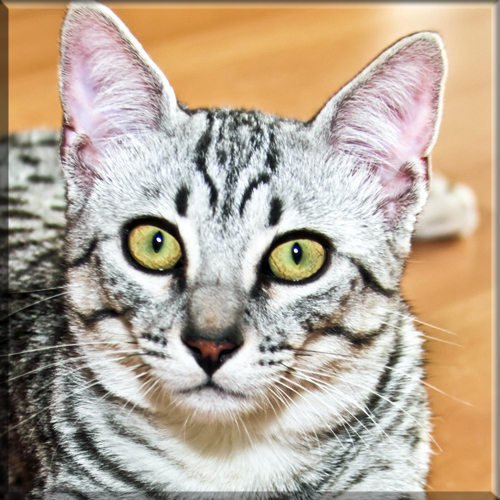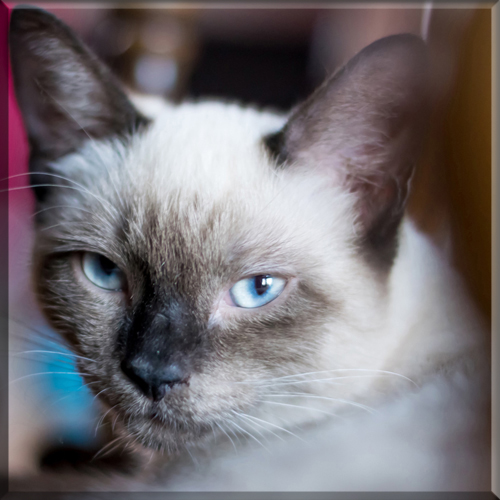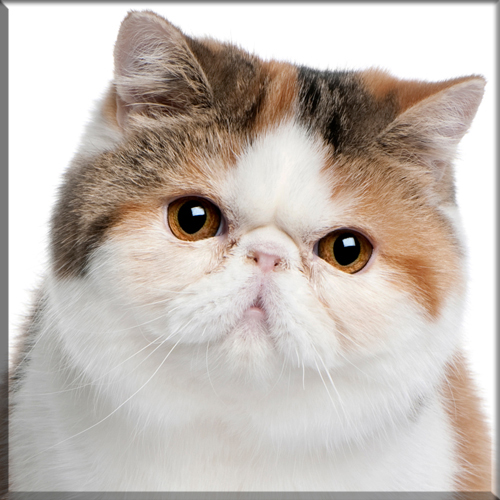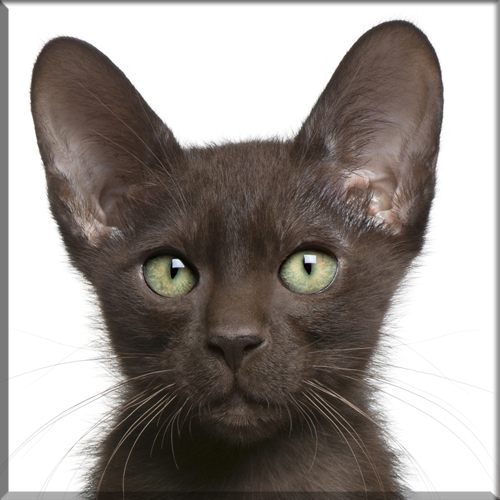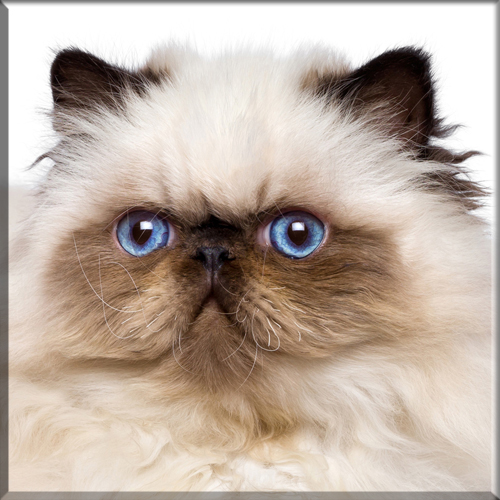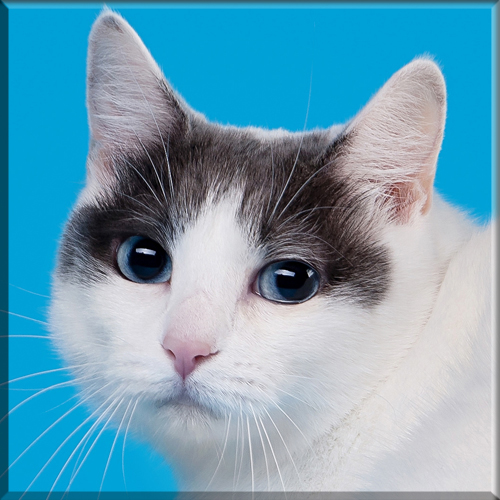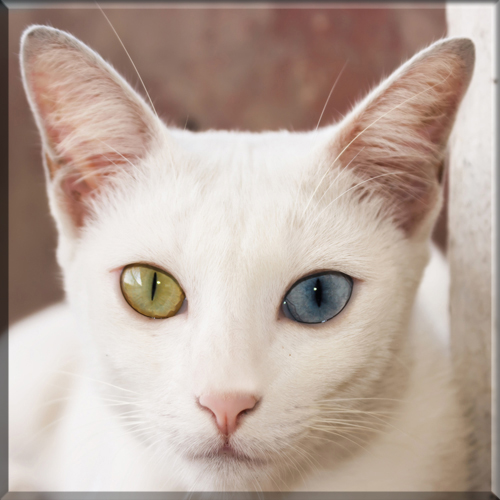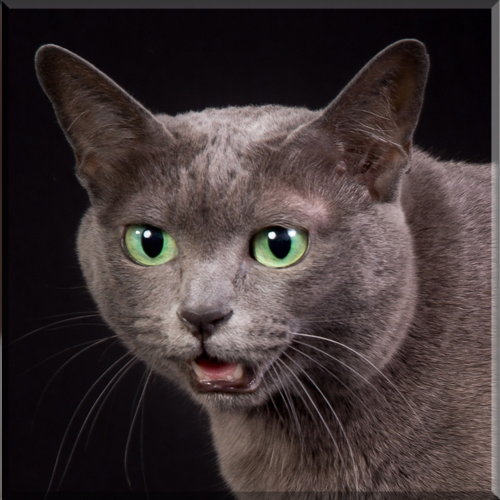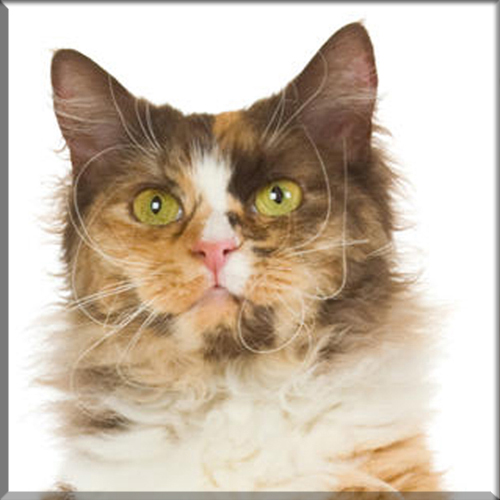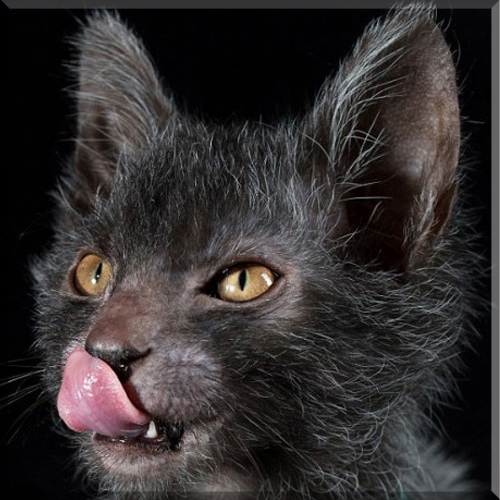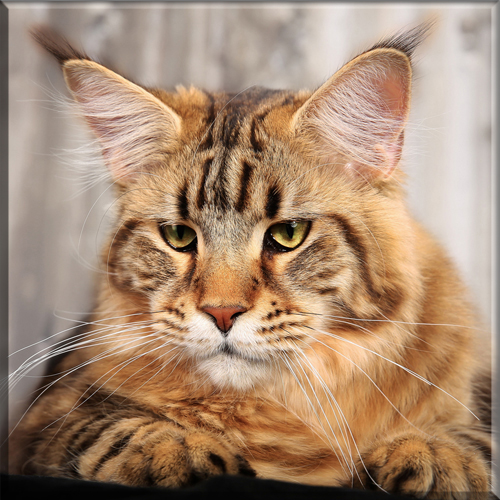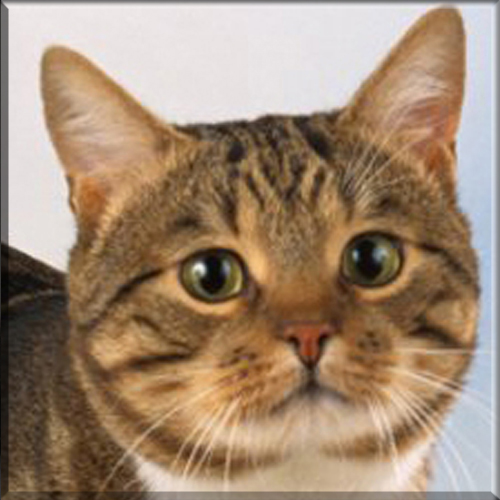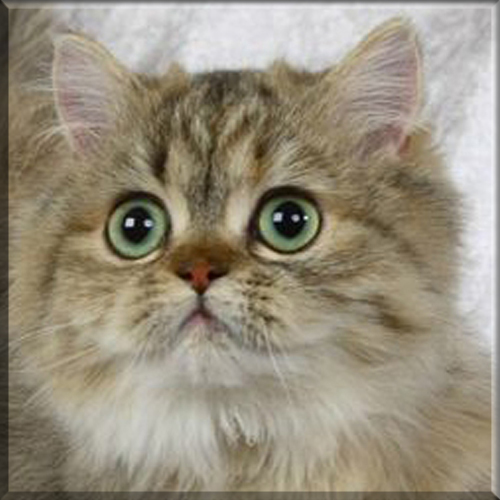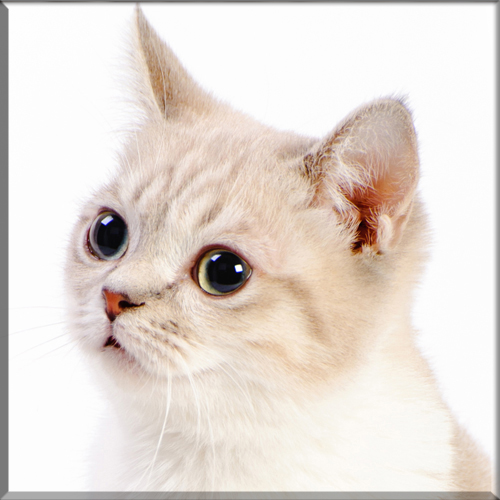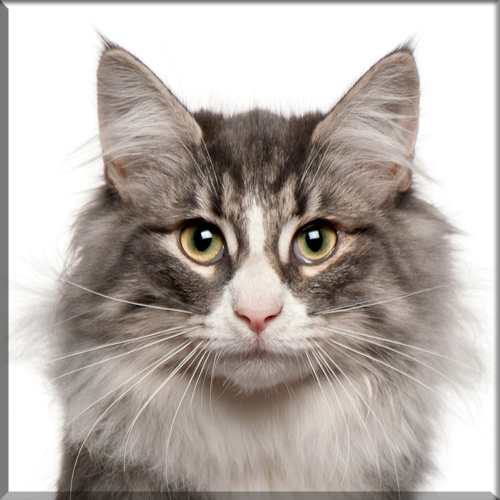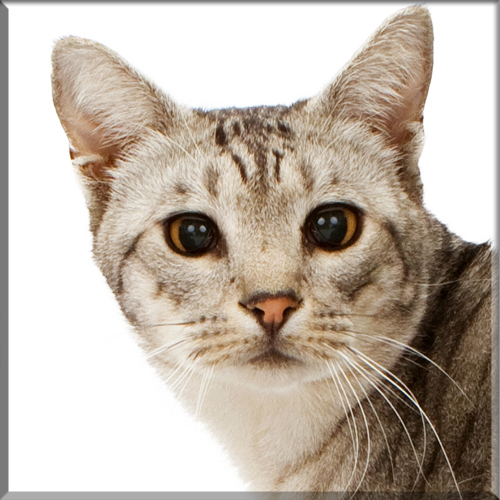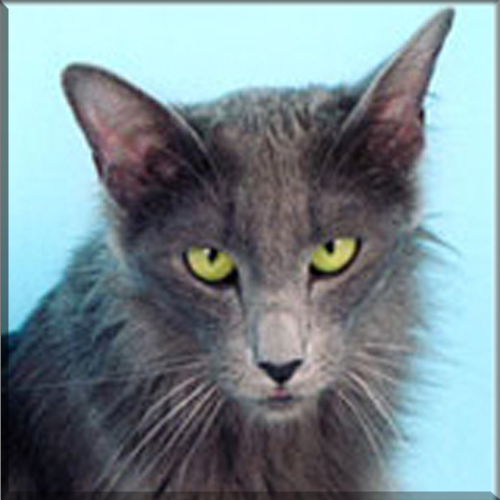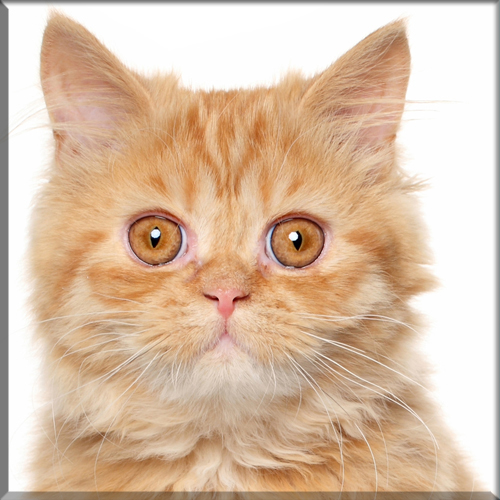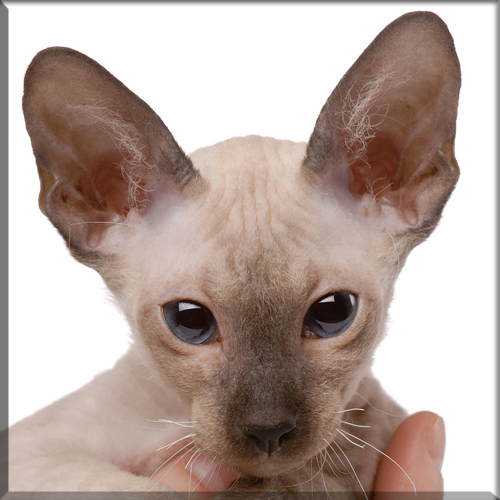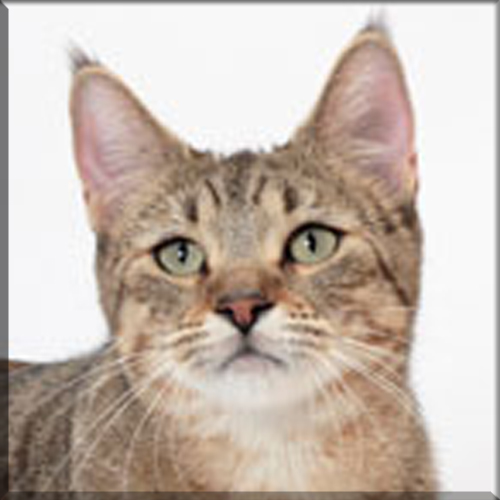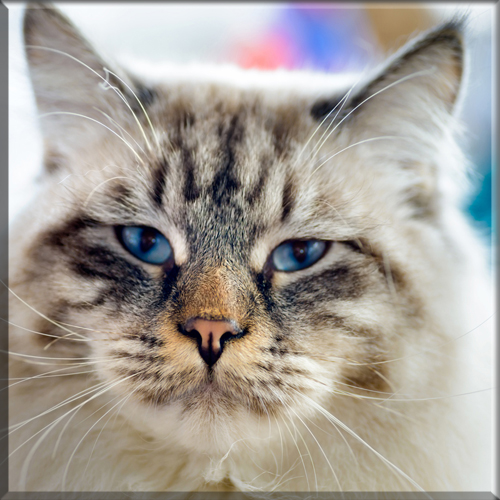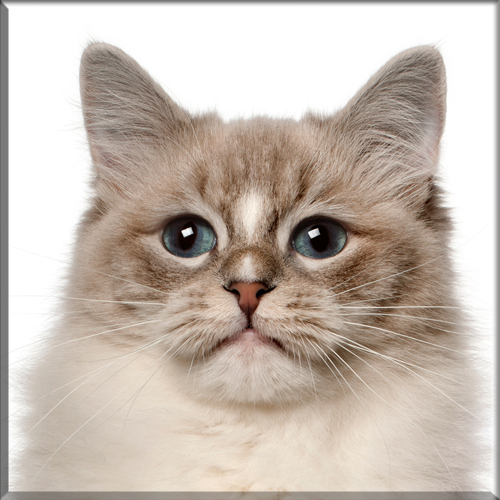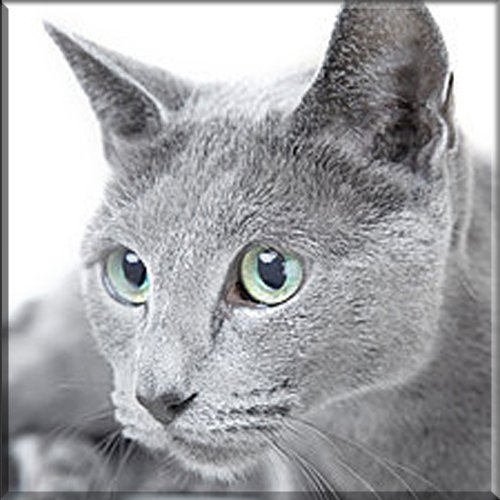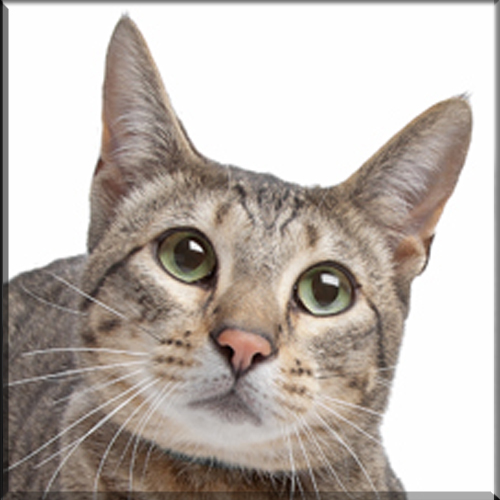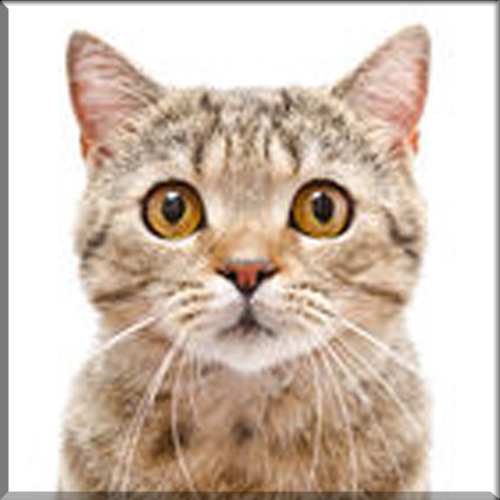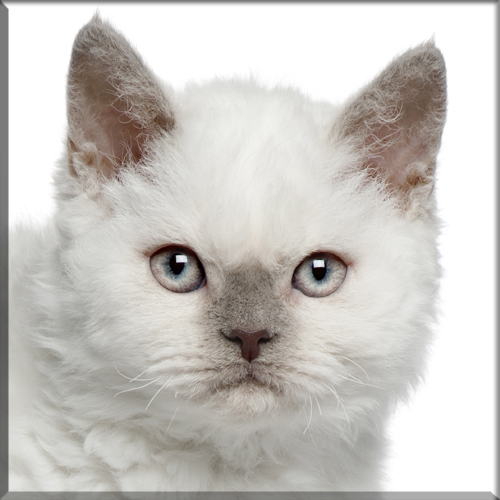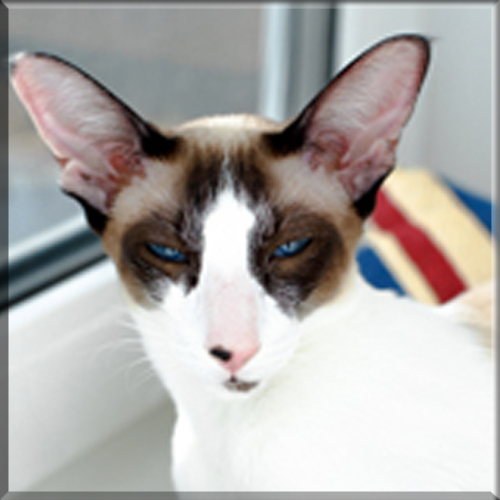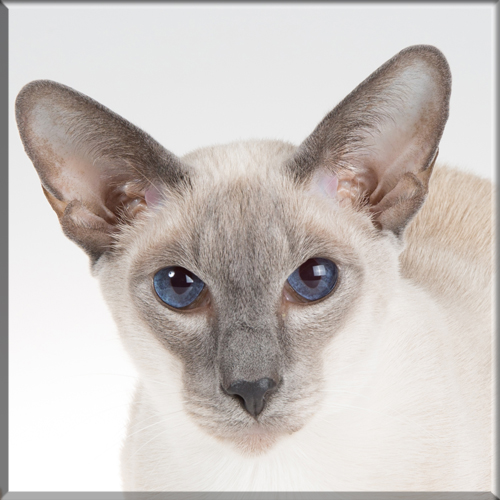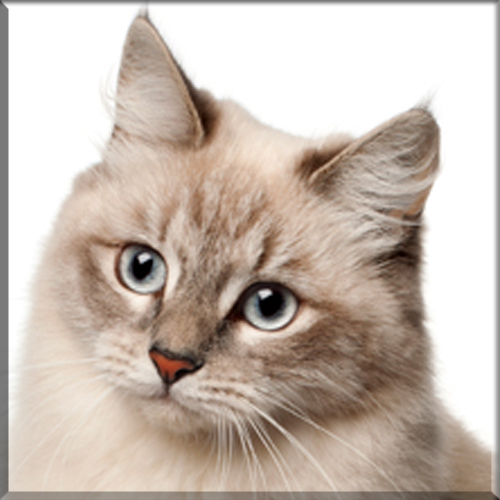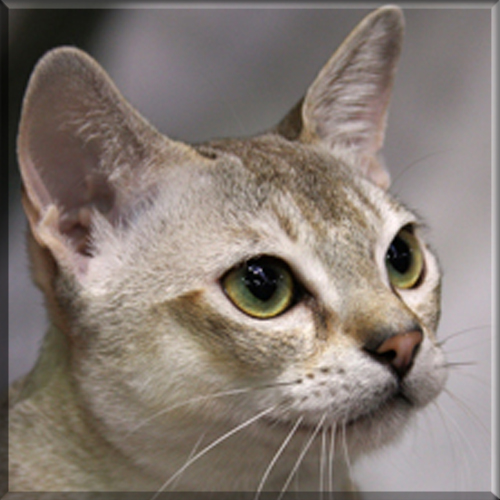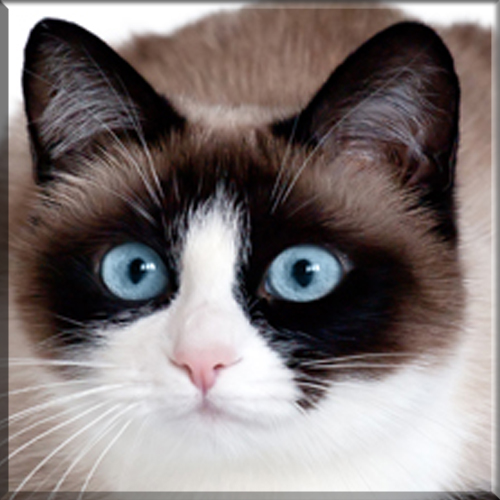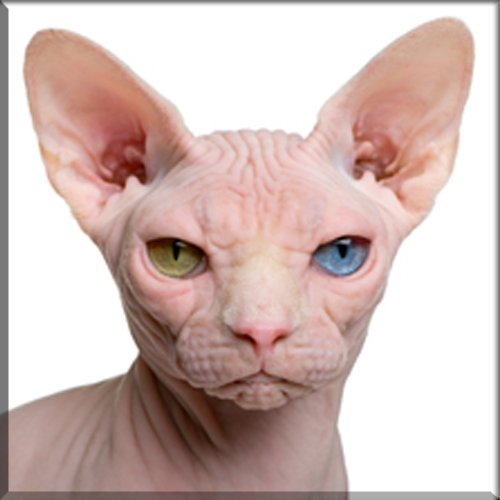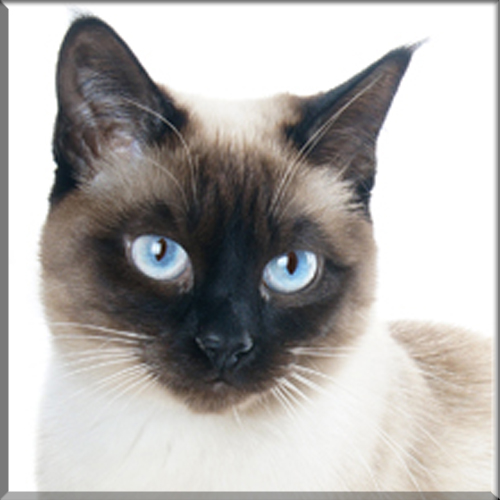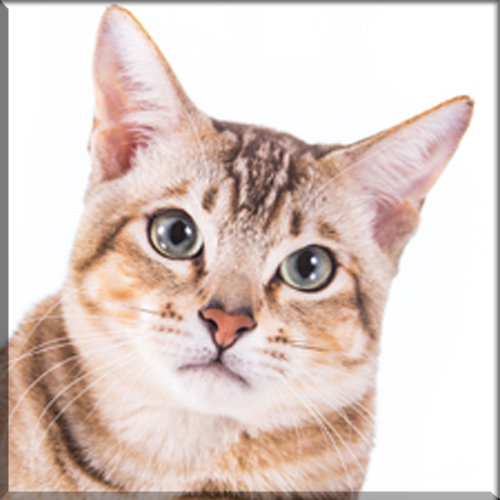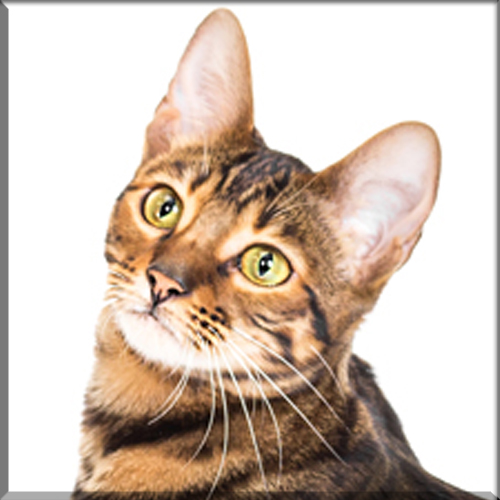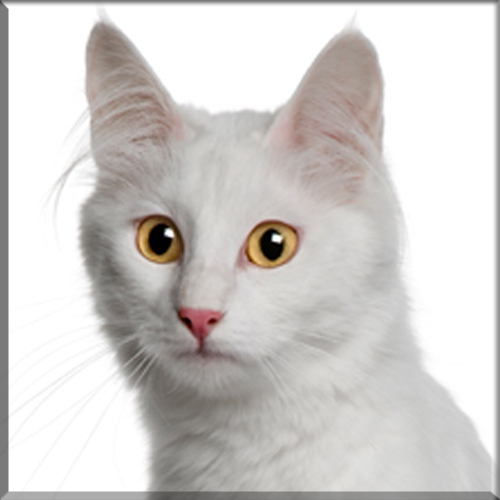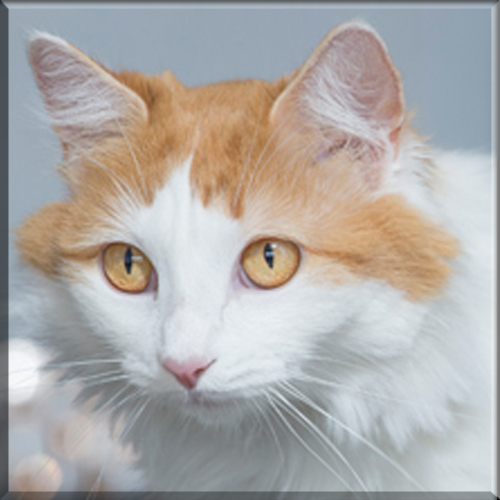Savannah

Appearance and features:
Savannah’s are short haired, with a slender and lean appearance. Wedge shaped head with large to medium large pointy ears. Almond shaped eyes in either gold, green, hazel or copper color.
Size:
Family:
Coloring:
Origin:
Temperament:
Savannahs are known for their loyalty, and they will follow their owners around the house. Because of their wild cat genetics, exposure to other people and pets is important for sociability as kittens to ensure they are most friendly around new people, and other animals. They will fluff out the base of their tails in a greeting gesture, often confused with the cat being in fear.
Savannah are known to jump on top of doors, refrigerators and high cabinets. Leaping as high as 8 feet (2.5 m) from a standing position. Savannahs are very inquisitive and need special precautions by their owner to prevent the cat from getting into trouble.
Savannahs’ do not fear water, and will play in their water bowls or even immerse themselves in water. They can be trained to walk on a leash and taught to fetch.
They may either chirp like their serval fathers, meow like their domestic mothers, both chirp and meow, or sometimes produce sounds which are a mixture of the two. They have a serval-like hiss, quite different from a domestic cat’s hiss – sounding more like a very loud snake. It can be alarming to humans not acquainted to such a sound coming from a cat.
Health concerns:
Hybrid cats are an unnatural breeding. Some of the more
common illnesses among hybrid cats include digestive issues such as IBD (irritable bowel disease), Hypertrophic Cardiomyopathy (HCM), and possibly a higher incidence of FIP (Feline Infectious Peritonitis).
Warning:
As a hybrid breed, Savannahs are illegal to own in some states or municipalities in the United States.
Breed Characteristics
Here is a helpful guide for the different characteristics of the breed. On a Scale of 1-5. 1 being very low level to 5 being high level.
Hypoallergenic: No
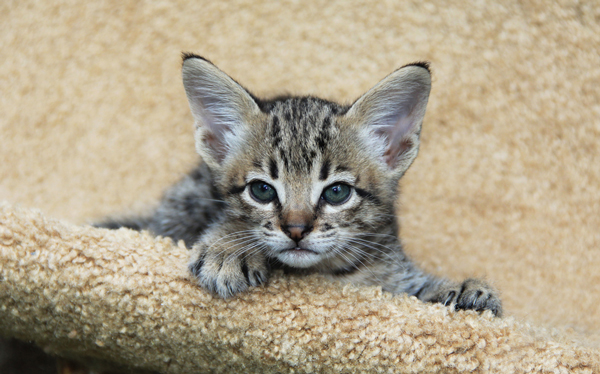
Breeders With Currently Available Kittens
All The Cat Breeds
- Abyssinian
- American Bobtail
- American Curl
- American Shorthair
- American Wirehair
- Balinese
- Bengal
- Birman
- Bombay
- British Shorthair
- Burmese
- Burmillia
- Charteux
- Chausie
- Colorpoint Shorthair
- Cornish Rex
- Devon Rex
- Donskoy
- Egyption Mau
- European Burmese
- Exotic
- Havana Brown
- Highlander
- Himalayan
- Japanese Bobtail
- Khao Manee
- Korat
- LaPerm
- Lykoi
- Maine Coon
- Manx
- Minuet / Napolean
- Munchkin
- Norwegian Forest Cat
- Ocicat
- Oriental Longhair
- Oriental Shorthair
- Persian
- Peterbald
- Pixie Bob
- Ragamuffin
- Ragdoll
- Russian Blue
- Savannah
- Scottish Fold
- Scottish Straight
- Selkirk Rex
- Seychellois
- Siamese
- Siberian
- Singapora
- Snowshoe
- Somali
- Sphynx
- Thai
- Tonkinese
- Toyger
- Turkish Angora
- Turkish Van

